Summary
Ram Bagh, built by Emperor Babur in 1528, is India’s oldest Mughal garden, designed in Persian charbagh style. Originally named Aram Bagh, it served as a royal retreat and temporary burial site for Babur. Later renovated by Jahangir, it remains a significant symbol of Mughal landscaping and heritage.
Location
- 38, Firozabad Rd, Rambagh, Aram Bagh, Agra, Uttar Pradesh 282006
⬇️Tap on “View larger map” to get Direction
Full Story
Ram Bagh, one of the oldest Mughal gardens in India, is a serene and historically significant site located in Agra. Built during the reign of the Mughal Empire, this garden is a testament to the Mughals’ love for nature, symmetry, and architectural beauty. Let’s explore the rich history, design, and significance of Ram Bagh.
1. Historical Background
- Construction and Era: Ram Bagh was built in 1528 by Emperor Babur, the founder of the Mughal Empire. It is one of the earliest examples of Mughal garden design in India.
- Original Name: The garden was originally named Aram Bagh, meaning “Garden of Rest.” Over time, the name evolved into Ram Bagh.
- Purpose: The garden served as a retreat for the Mughal emperors, providing a peaceful escape from the heat and chaos of the royal court.
2. Architectural Design and Layout
- Charbagh Style: Ram Bagh follows the classic charbagh (four-part garden) layout, a hallmark of Mughal garden design. The garden is divided into four quadrants by walkways and water channels, symbolizing the Islamic concept of paradise.
- Water Features: The garden features a network of water channels, fountains, and pools, which were essential for irrigation and added to the aesthetic appeal.
- Symmetry and Balance: The garden’s design emphasizes symmetry and balance, reflecting the Mughals’ love for order and harmony.
3. Historical Significance
- A Royal Retreat: Ram Bagh was a favorite retreat for Mughal emperors, including Babur, Akbar, and Jahangir. It was a place where they could relax, enjoy nature, and escape the formalities of court life.
- Temporary Resting Place: According to historical accounts, the body of Mumtaz Mahal was temporarily kept in Ram Bagh before being transported to the Taj Mahal for burial.
- Cultural Influence: The garden’s design influenced later Mughal gardens, including the famous Shalimar Bagh in Kashmir and the gardens of the Taj Mahal.
4. Features of Ram Bagh
- Pavilions and Walkways: The garden is adorned with pavilions and walkways, providing shaded areas for relaxation and leisure.
- Flora and Fauna: Ram Bagh was originally planted with a variety of trees, flowers, and fruit-bearing plants, creating a lush and vibrant environment.
- Water Channels: The garden’s water channels not only served a practical purpose but also added to its beauty, creating a soothing ambiance.
5. Decline and Restoration
- Neglect Over Time: Like many historical sites, Ram Bagh fell into disrepair after the decline of the Mughal Empire. The garden’s original splendor was lost to neglect and environmental factors.
- Restoration Efforts: In recent years, efforts have been made to restore Ram Bagh to its former glory. The Archaeological Survey of India (ASI) has undertaken restoration projects to revive the garden’s layout and plantings.
6. Why Visit Ram Bagh?
- Historical Insight: Ram Bagh offers a glimpse into the early Mughal era and the evolution of Mughal garden design.
- Serene Environment: The garden’s peaceful atmosphere makes it a perfect spot for relaxation and reflection.
- Architectural Beauty: The garden’s design and layout are a treat for architecture and history enthusiasts.
7. Visiting Ram Bagh
- Location: Ram Bagh is located about 5 kilometers north of the Taj Mahal, making it a convenient addition to your Agra itinerary.
- Timings: The garden is open to visitors from sunrise to sunset.
- Entry Fee: There is a nominal entry fee for visiting the garden.
Conclusion: A Timeless Mughal Garden
Ram Bagh is a living testament to the Mughal Empire’s love for nature, beauty, and symmetry. Its historical significance, combined with its serene environment and architectural brilliance, makes it a must-visit destination in Agra. Whether you’re a history buff, a nature lover, or simply seeking a peaceful retreat, Ram Bagh promises to transport you to a bygone era of Mughal splendor. Explore this ancient garden and experience the timeless charm of one of India’s oldest Mughal treasures.



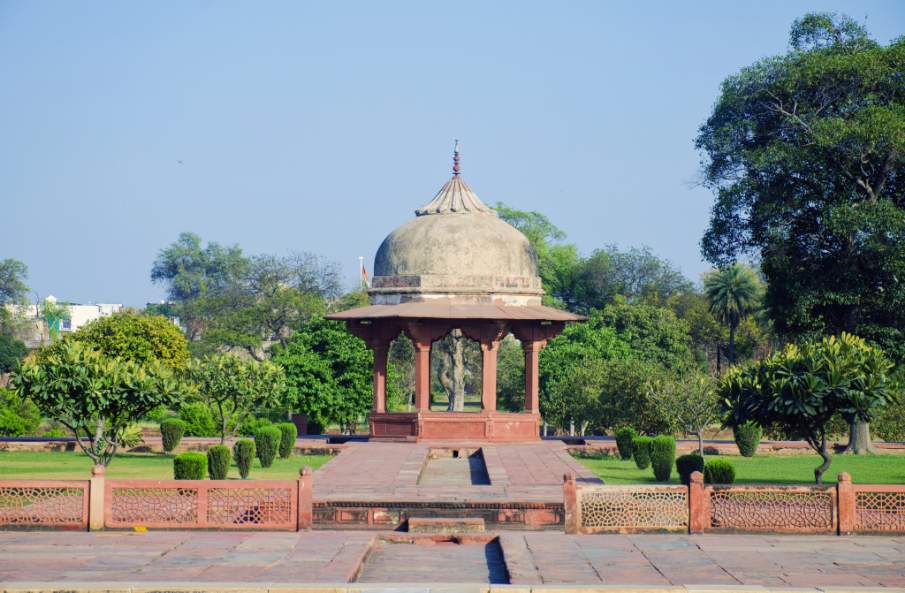
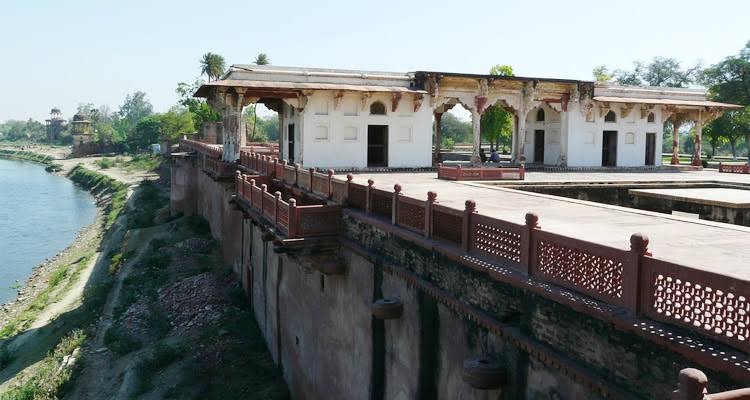

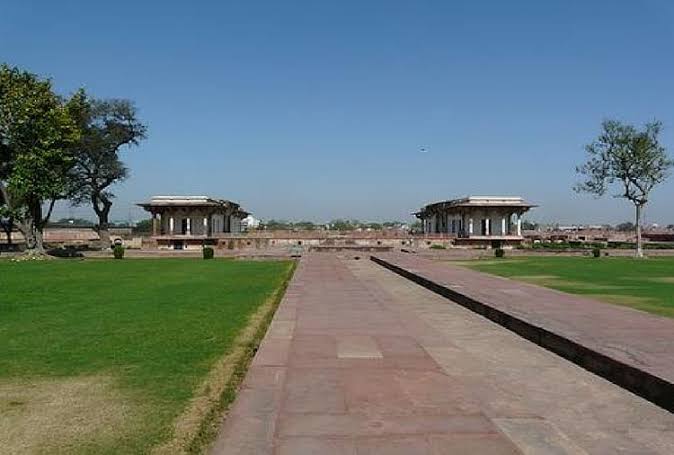
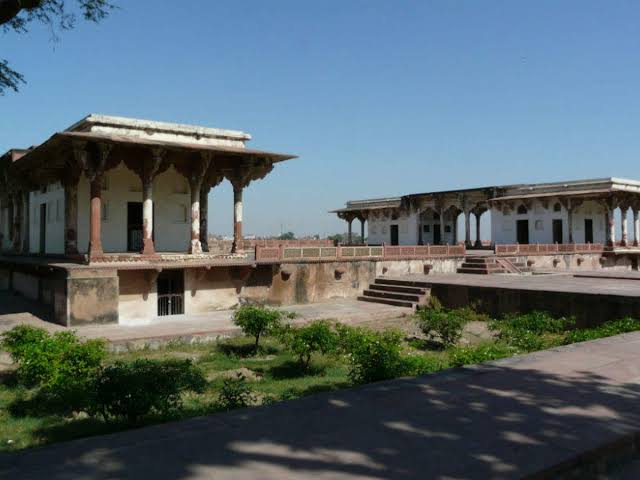
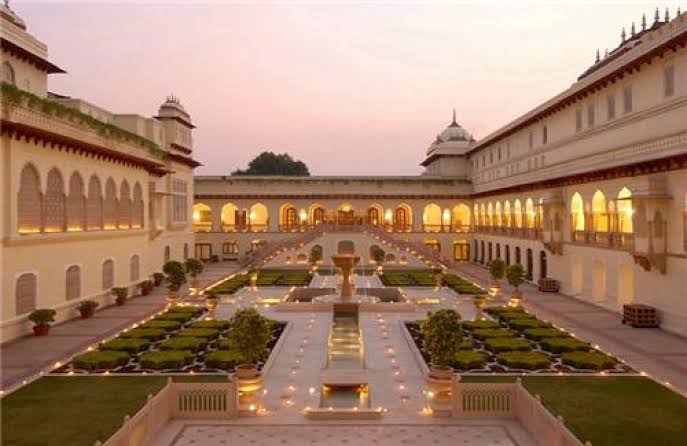
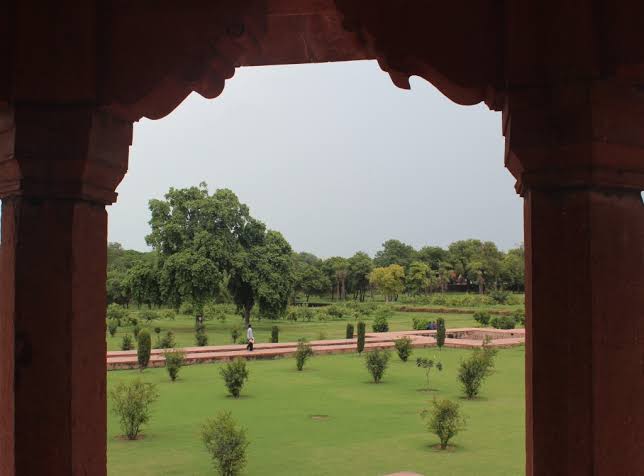
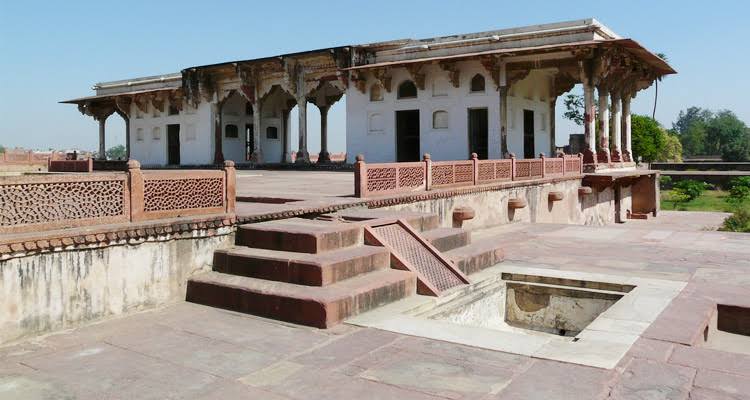
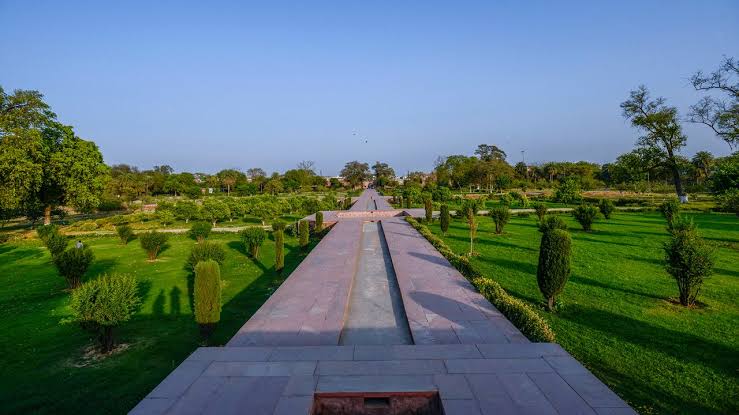


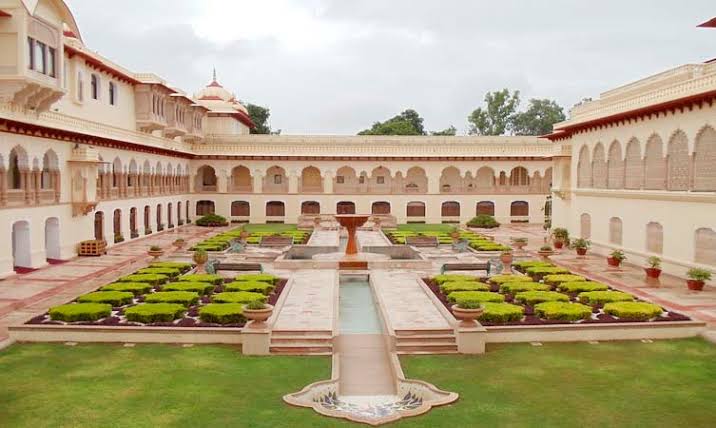
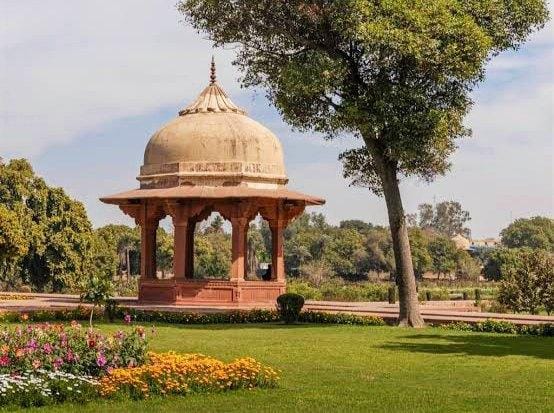
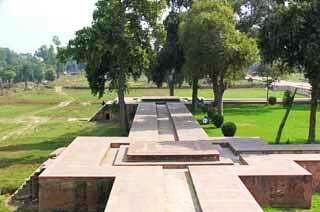
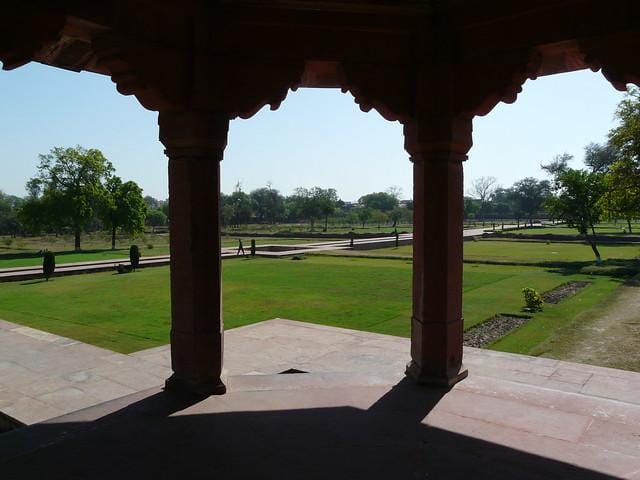
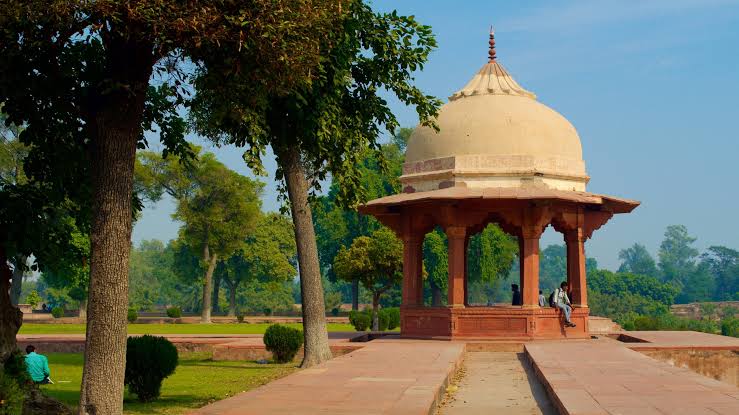
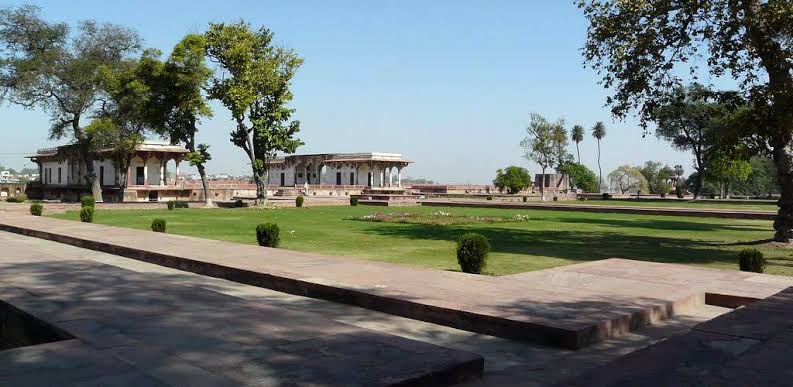






















Reviews
There are no reviews yet.